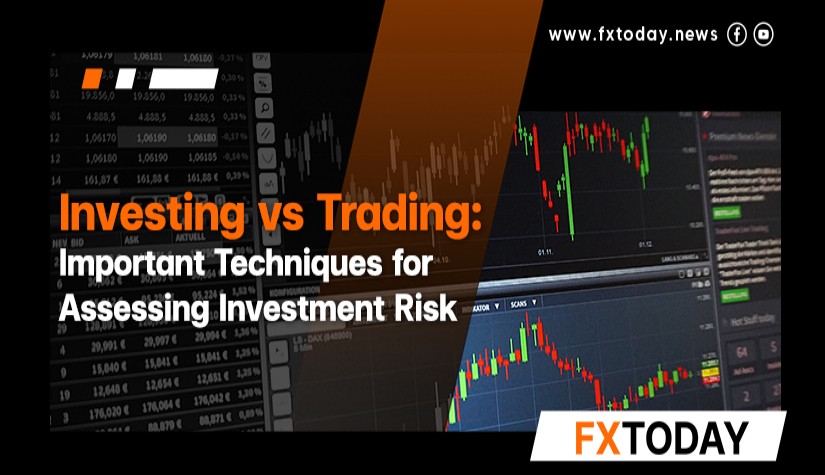Despite widespread misconceptions to the contrary, investment and trading are not identical. This article will discuss the distinctions between investing and trading, as well as strategies for selecting the optimal investment approach for each investor.
If you begin investing with a suitable approach, you will be able to minimize the dangers that could result in losses.
Definition of Investing & Trading
What is Investing?
Investing is the process of creating long-term gains through a variety of financial instruments, including stocks, mutual funds, bonds, real estate, and other assets.
The objective of investing is to develop wealth gradually over the long term, which may take longer than 3 - 5 years, in order to decrease the chance of losses. Capital gains, interest, and dividends all constitute return on investment.
What is Trading?
Trading is a better way to make money in the short term than investing in high-risk financial instruments like stocks, commodities, Forex, and other types of financial instruments. Trading is when you buy an asset when its price is low and sell it when its price goes up.
Trading is different from investing in one important way: you can make money in both rising and falling markets in a short amount of time, which may be less than a day. Capital gain is the main type of return from trading.
The Difference Between Investing and Trading
Investing and trading are distinguished by the following qualities.
1) Asset type
Investment: The majority of the assets that investors like to invest in have low, medium, or high risk levels, depending on the level of risk that each investor is willing to tolerate.
Conversely, traders favor trading high-risk assets because they can gain returns from price volatility.
2) Analysis
Investing: Investors typically use fundamental analysis to decide whether to buy or sell an asset.
Trading: on the other hand, traders tend to place greater emphasis on technical analysis.
However, both investors and traders analyze both parts of the data, only their emphasis is different.
3) Investment risks
Investment: Market risk and asset-specific risk are two dangers that investors must contend with.
Trading: a trader is exposed to a variety of risks, including exposure to currency rates, volatility risks, leverage risks, unreliability risks, political risks, and interest rate risks.
4) Investment time frame
Investing: the majority of investors need more than 3 - 5 years to stabilize their portfolios, and some need more than a decade to provide profitable returns.
Trading: in contrast, most traders only need a few days to earn a profit; but, some traders may just need a few hours.

